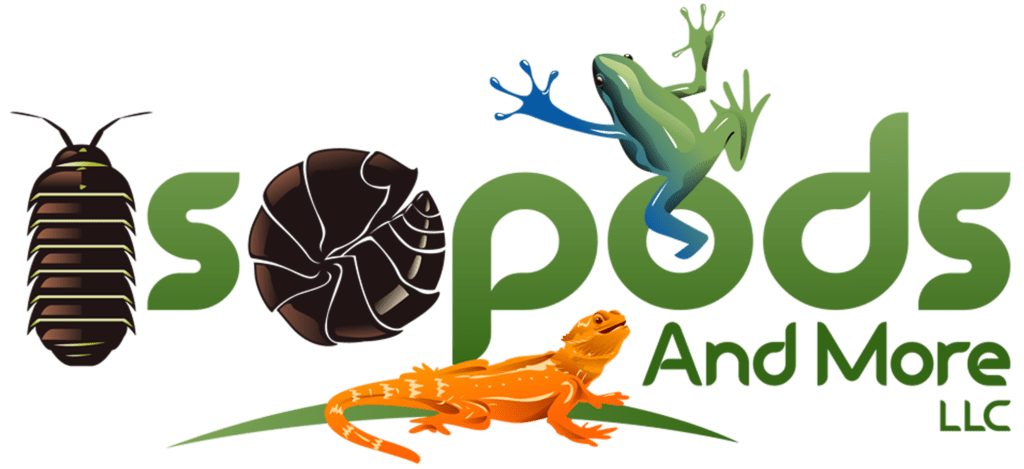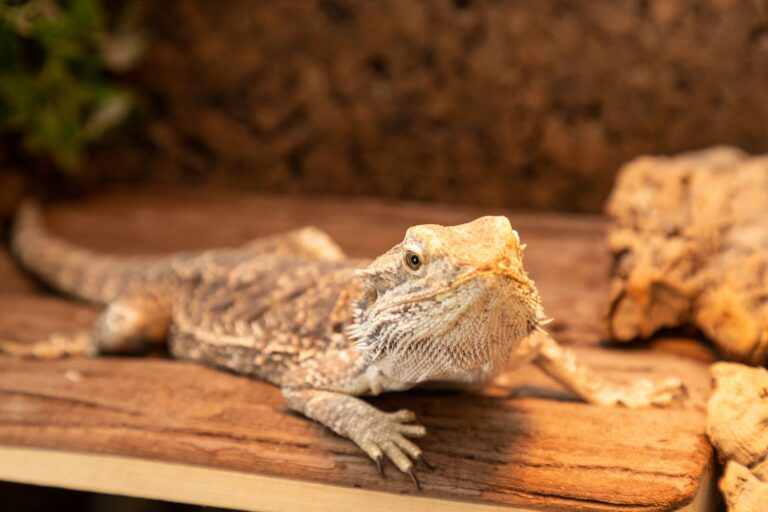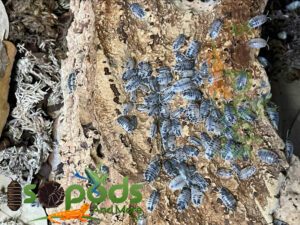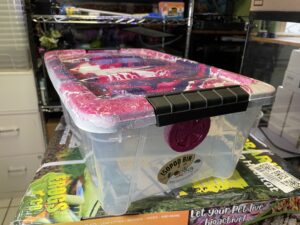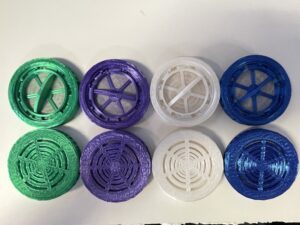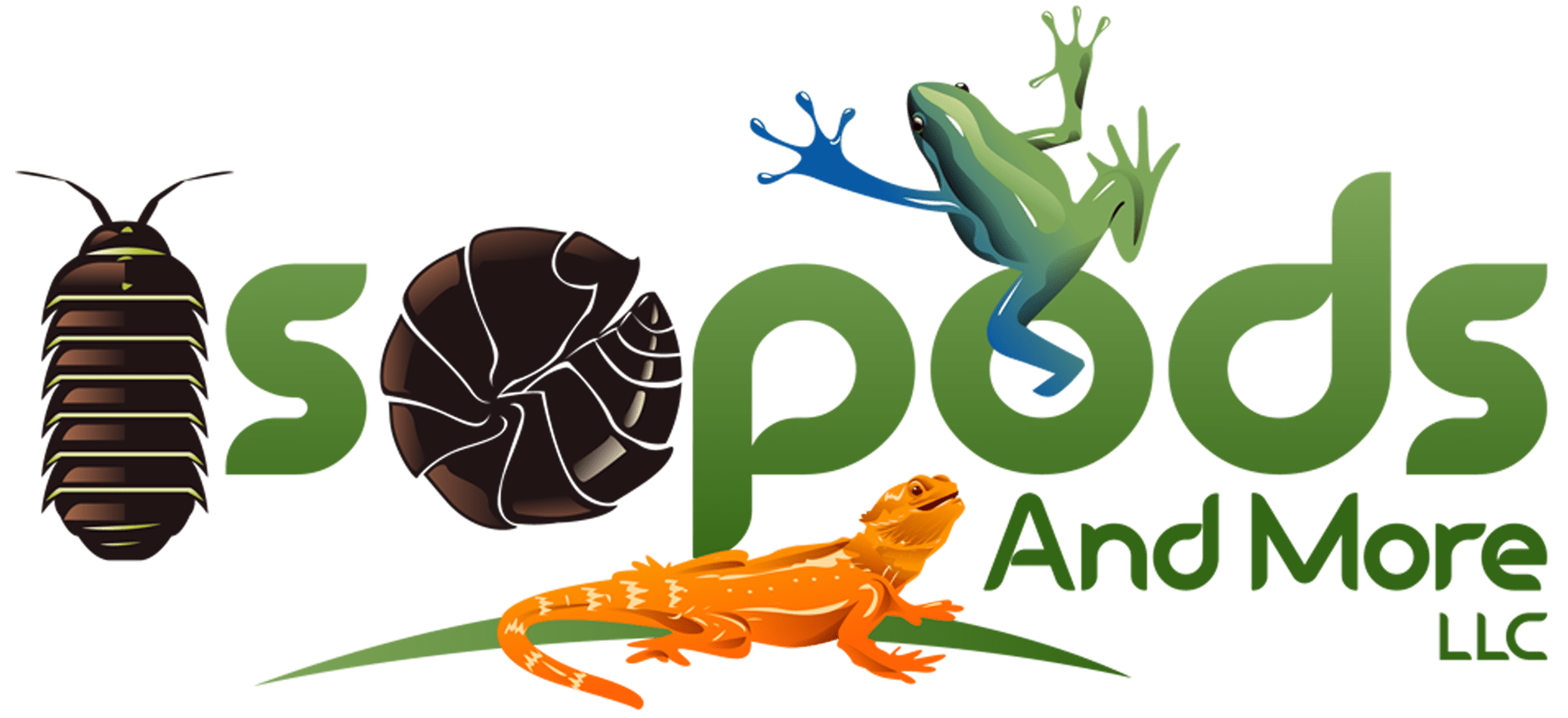So you’re curious about the size of bearded dragons? Look no further! The question of how big these fascinating reptiles can grow is one that many pet owners and reptile enthusiasts ponder. Well, let me tell you, these creatures can reach impressive lengths and sizes that might surprise you. In this article, we’ll explore the growth potential of bearded dragons and discuss the factors that influence their size. Whether you’re considering getting a bearded dragon as a pet or simply have a burning curiosity, prepare to be amazed by their remarkable growth journey!
Life Expectancy
Average Lifespan
Bearded dragons have an average lifespan of 10 to 15 years in captivity, although some have been known to live up to 20 years or more with proper care. The lifespan of a bearded dragon can vary based on several factors, including genetics, diet, habitat conditions, and overall health.
Factors Affecting Lifespan
Several factors can influence the lifespan of a bearded dragon. Genetics play a significant role, as some dragons may have inherited health issues or predispositions to certain diseases. Proper nutrition is also key to ensuring a long and healthy life for these reptiles. A balanced diet consisting of insects, vegetables, and some fruit is essential to meet their nutritional needs.
The quality of their habitat is another crucial factor affecting their lifespan. Bearded dragons require a spacious enclosure with adequate lighting, temperature gradients, and a proper substrate for digging and basking. Poor habitat conditions can lead to stress, weakened immune systems, and ultimately, a shorter lifespan.
Regular veterinary check-ups and prompt medical attention when necessary are also vital. Routine health screenings can help detect any underlying health issues early on, allowing for timely treatment and prevention of complications that could potentially shorten a dragon’s lifespan.
Growth Stages
Hatchlings
Bearded dragons start their lives as small hatchlings, typically measuring around 4 to 6 inches in length from snout to tail. These tiny creatures are highly dependent on their owners for survival and require a carefully controlled environment to ensure optimal growth and development.
Juveniles
As hatchlings mature into juveniles, their growth rate becomes more noticeable. During this stage, bearded dragons experience significant growth, both in size and weight. It is essential to provide them with a spacious enclosure that allows for movement and basking to support their development.
Adults
Fully grown adult bearded dragons can reach an impressive size, with males typically growing larger than females. On average, adult males range from 18 to 24 inches in length, while females tend to measure between 16 to 20 inches. The body mass of adult bearded dragons can vary, but they generally weigh anywhere from 300 to 600 grams.
Sexual Dimorphism
Size Differences between Males and Females
Sexual dimorphism is evident in bearded dragons, with males being larger than females. This difference in size becomes apparent as they mature. Adult males often develop broader heads and more robust bodies, while females tend to have a slimmer build. The variation in size between males and females is essential for their reproductive behavior and roles in the wild.
Behavioral Differences
Along with size differences, bearded dragons also exhibit behavioral differences between males and females. Male dragons tend to be more territorial and aggressive, especially during the breeding season when they can become quite possessive of their chosen mating partners. On the other hand, female dragons may show nesting behaviors and become more agitated during ovulation and egg-laying periods.
Factors Influencing Growth
Genetics
Genetics play a significant role in the growth potential of bearded dragons. Some genetic lines may tend to produce larger or smaller individuals compared to others. Breeders and enthusiasts often track the lineage of their dragons to predict growth patterns and potential size.
Availability of Food and Water
Proper nutrition is crucial for healthy growth in bearded dragons. A varied diet consisting of appropriate insects, leafy greens, and occasional fruits is essential to meet their nutritional requirements. Inadequate food or improper diet can result in stunted growth and health issues.
Access to clean water is also necessary for proper hydration, which indirectly affects growth. Bearded dragons may absorb water droplets from their surroundings or through a shallow water dish, ensuring they have ample opportunities to drink.
Habitat Size and Quality
The size and quality of the habitat can significantly impact a bearded dragon’s growth. A spacious enclosure allows for movement, exercise, and proper thermoregulation, which in turn promotes healthy growth. An environment that closely resembles their natural habitat, with suitable hiding spots, basking areas, and temperature gradients, is essential for their physical development.
Temperature and Lighting
Maintaining proper temperature and lighting in the enclosure is crucial for the growth and overall well-being of bearded dragons. These reptiles require a thermal gradient that allows them to regulate their body temperature effectively. Basking spots with temperatures around 100-105 degrees Fahrenheit (38-40 degrees Celsius) are necessary for digestion and to support their metabolic processes.
Full-spectrum lighting, including UVB rays, is vital for the synthesis of vitamin D3, which is crucial for proper calcium absorption. Adequate calcium levels are necessary for healthy bone development and growth.
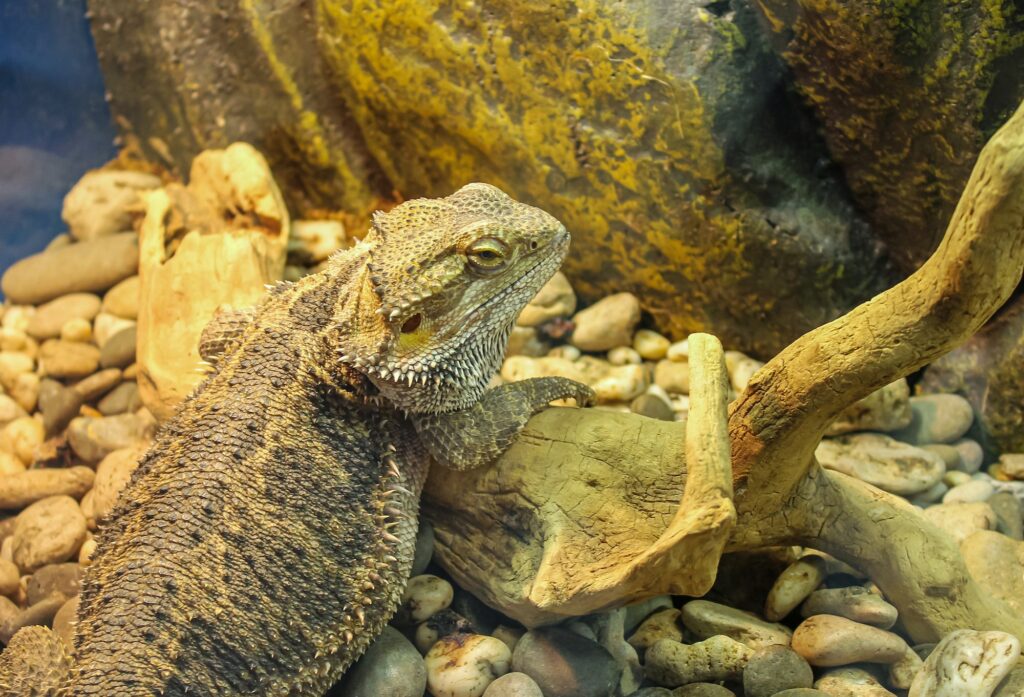
Growth Rate
Hatchling Growth Rate
Hatchlings experience rapid growth during their first few months of life. With proper care and nutrition, they can add up to an inch in length each week, growing from their initial size of 4 to 6 inches to around 10 to 12 inches in just a few months.
Growth Rate During Juvenile Stage
As they transition into the juvenile stage, the growth rate of bearded dragons starts to slow down. During this period, they can still gain about half an inch to an inch in length every month. This gradual growth allows their bodies to develop and adjust to their increasing size.
Adult Growth Rate
Once bearded dragons reach adulthood, their growth rate becomes significantly slower, and they typically stop growing altogether. At this stage, most of their energy is focused on maintaining their overall health and physiological functions rather than increasing in size.
Size Variations
Normal Size Range
The normal size range for bearded dragons can vary based on genetics, diet, and overall health. Adult males generally range from 18 to 24 inches in length, while adult females typically measure between 16 to 20 inches. Body mass can vary considerably, but most adults weigh between 300 to 600 grams.
Individual Variations
Each bearded dragon is unique, and individual variations in size can occur within the normal size range. Some individuals may grow slightly larger or smaller than average, depending on various factors such as genetics, diet, and environmental conditions.
Regional Variations
Bearded dragons found in different regions may exhibit slight variations in size. These differences can be influenced by factors such as climate, availability of food, and other environmental factors. However, regional variations in size are generally not substantial and fall within the normal size range.
Comparisons with Other Lizards
Size Comparison with Other Species
Bearded dragons are known for their moderate size compared to other lizard species. They are not as large as some monitor lizards or iguanas but are still considered substantial reptiles. Other species, such as the green iguana or Nile monitor, can reach much larger sizes than the average bearded dragon.
Differences in Growth Patterns
Each lizard species has its own unique growth patterns, influenced by various factors. Some species may experience rapid growth during their early years, while others grow more gradually throughout their lifespan. Comparing growth patterns between species can provide insights into their evolution, ecological niche, and reproductive strategies.
Physical Characteristics
Body Length
A bearded dragon’s body length is measured from the snout to the tip of its tail. Adult males typically measure between 18 to 24 inches in length, while adult females range from 16 to 20 inches. The body length includes the head, torso, and tail.
Tail Length
The tail of a bearded dragon is an important appendage used for balance, communication, and storage of fat reserves. It typically makes up a significant portion of their overall body length. The tail length can vary between individuals but generally ranges from 60% to 70% of their body length.
Body Mass
Bearded dragons come in various sizes, and their body mass can vary widely. Adult dragons usually weigh between 300 to 600 grams, with males generally being slightly heavier than females. Body mass is influenced by factors such as genetics, diet, and overall health.
Monitoring Growth
Measurement Methods
To monitor the growth of a bearded dragon accurately, several measurements can be taken regularly. The body length, including the head and tail, can be measured using a soft tape measure or ruler. The tail length can be measured separately, starting from the base of the tail to the tip. Additionally, periodic weighing on a digital scale can track changes in body mass.
Record Keeping
Keeping detailed records of a bearded dragon’s growth is beneficial for monitoring their development and overall health. Recording the measurements and weights taken at regular intervals allows for comparisons over time and helps identify any growth patterns or abnormalities.
Growth Charts
Using growth charts specifically designed for bearded dragons can assist in tracking their growth progress and identifying any deviations from the expected growth patterns. These charts typically provide average growth data for different age ranges and can serve as a useful reference tool for monitoring a dragon’s development.
Conclusion
Understanding the growth stages, size variations, and factors influencing growth in bearded dragons is essential for providing optimal care and ensuring their overall well-being. By considering factors such as genetics, nutrition, habitat conditions, and monitoring growth progress, bearded dragon owners can help their pets thrive and enjoy a long and fulfilling life. Remember to consult with a reptile veterinarian and reputable sources of information to ensure the best care practices for your bearded dragon. With the proper care and attention, your bearded dragon can reach its full potential and become a wonderful companion for many years to come.
